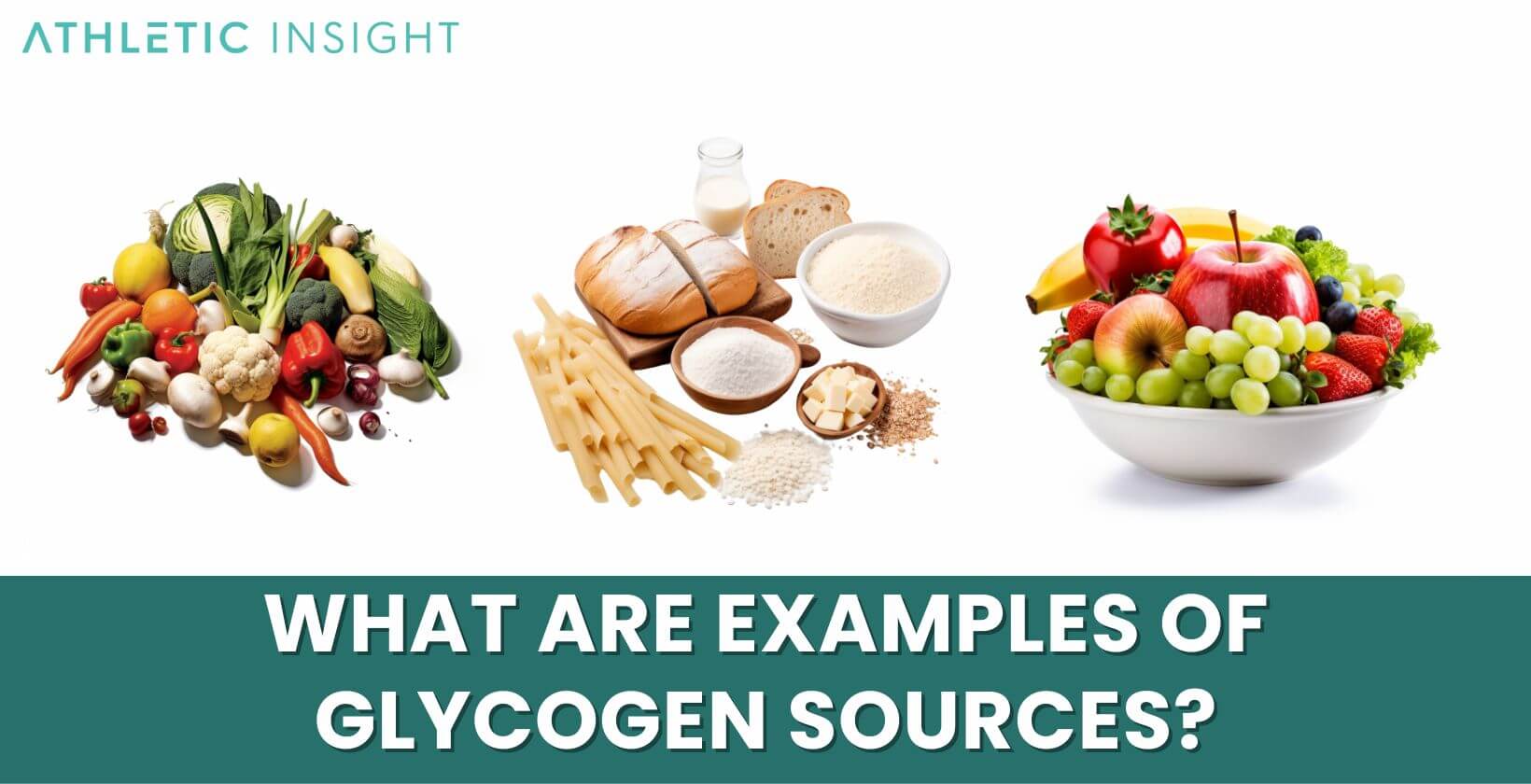Glycogen is a crucial biological molecule, often discussed in the contexts of nutrition, fitness, and health. This article offers a comprehensive exploration of glycogen, including its definition, functions, uses, benefits, and potential side effects. Understanding what glycogen is, how it operates within the body, its sources, and its role in diet and exercise will provide insightful knowledge into this essential carbohydrate and its impact on overall health.
What is Glycogen?
Glycogen is a complex carbohydrate and is the primary form of stored energy in humans and animals. Structurally, it is a polysaccharide, resembling a branched chain of glucose molecules. This storage form of glucose is mainly found in the liver and muscle tissues. Glycogen serves as a crucial energy reservoir; the body taps into these reserves as needed, especially during physical activities or between meals, to maintain a consistent blood glucose level, crucial for bodily functions.
What is Glycogen made of?
Glycogen is composed of glucose units connected by glycosidic bonds. It is not a protein but a polysaccharide, which is a type of carbohydrate. These glucose units are arranged in a highly branched structure, allowing for rapid release of glucose when the body requires energy. The branching structure of glycogen makes it highly efficient for quick mobilization of energy.
Are Glycogen Carbohydrates?
Yes, glycogen is a type of carbohydrate. Specifically, it is a complex carbohydrate due to its structure, which consists of numerous glucose units bonded together. This structure differentiates glycogen from simple carbohydrates, which are composed of fewer sugar units and are found in foods like fruits and table sugar.
What is the primary function of Glycogen?
The primary function of glycogen is to store energy within the body. It acts as a readily available source of glucose, which is essential for various bodily functions, particularly for the brain and muscles. During periods of fasting or increased physical activity, glycogen is broken down into glucose to maintain a stable blood sugar level and meet the body’s energy demands.
How does the body produce Glycogen?
Glycogen is produced through a process known as glycogenesis, primarily in the liver and muscles. When blood glucose levels are high, such as after eating, the body converts excess glucose into glycogen for storage. This process involves various enzymes, including glycogen synthase, which adds glucose units to the growing glycogen chain.
Where does the body store Glycogen?
Glycogen is predominantly stored in the liver and muscle tissues. In the liver, glycogen acts as a glucose reserve for maintaining stable blood sugar levels for the entire body. Muscle glycogen, on the other hand, is primarily used to fuel muscle contractions during physical activity. The quantity of glycogen stored in the body varies depending on factors like diet, metabolism, and physical activity levels. It’s estimated that the human body can store approximately 100-120 grams of glycogen in the liver and 250-400 grams in the muscles.
How long is Glycogen stored before it turns to fat?
Glycogen storage duration before it gets converted to fat varies based on several factors, including overall calorie intake and expenditure. If glycogen stores are full and the body continues to receive excess calories, the surplus glucose can be converted to fat through a process called de novo lipogenesis. However, this conversion is not a primary or immediate response, as the body prefers to store excess calories as fat rather than convert glycogen into fat.
What are examples of Glycogen Sources?
Glycogen itself is not typically found in dietary sources. Instead, it is synthesized by the body from carbohydrates consumed. Foods rich in carbohydrates, particularly complex carbohydrates, are vital for replenishing glycogen stores.

1. Fruits
Fruits, such as bananas, apples, and berries, are excellent sources of carbohydrates, primarily in the form of natural sugars and fiber. These carbohydrates are metabolized into glucose, which can then be stored as glycogen in the body.
2. Vegetables
Vegetables, especially starchy ones like potatoes, sweet potatoes, and corn, provide carbohydrates that contribute to glycogen synthesis. They also contain fiber, vitamins, and minerals, supporting overall health.
3. Legumes
Legumes, including beans, lentils, and chickpeas, are rich in carbohydrates and protein. The carbohydrate content aids in refilling glycogen stores, while the protein contributes to muscle repair and growth.
4. Grains
Whole grains like oats, quinoa, and brown rice are significant carbohydrate sources. These foods not only replenish glycogen but also provide sustained energy release due to their complex carbohydrate content.
What is the Role of Glycogen in Diet and Exercise?
Glycogen plays a critical role in both diet and exercise. In terms of diet, glycogen storage is directly influenced by carbohydrate intake. Consuming adequate carbohydrates ensures that glycogen stores are replenished, which is crucial for maintaining energy levels and overall health. During exercise, glycogen serves as an important energy source, particularly in high-intensity or endurance activities. The body utilizes glycogen stored in muscles to fuel physical activity, and once these stores are depleted, fatigue sets in, highlighting the importance of a carb-rich diet in athletes and those engaging in regular exercise.
How does Glycogen Help in Weight Loss?
Glycogen’s role in weight loss is somewhat indirect. Regular physical activity depletes glycogen stores, which the body then replenishes using glucose derived from carbohydrates in the diet. This process of glycogen replenishment can increase metabolic rate and support weight loss efforts. Additionally, a diet balanced in carbohydrates, ensuring adequate glycogen stores, can prevent excessive hunger and overeating, further aiding in weight management.
How does Glycogen Affect Muscle Strength?
Glycogen is vital for muscle strength and endurance. During intense physical activity, glycogen stored in muscles is broken down to provide energy. Adequate glycogen levels can enhance muscle strength and endurance, allowing for more effective workouts. Conversely, low glycogen levels can lead to reduced performance, quicker fatigue, and slower recovery. Maintaining glycogen stores is also essential for post-exercise recovery and muscle repair.
Does Glycogen Break Down Fat in the Body?
No, glycogen itself does not break down fat in the body. Instead, it provides a readily available source of energy. When glycogen stores are depleted, the body may then turn to fat reserves for energy. However, this process depends on several factors, including overall caloric intake, exercise intensity, and duration.
What Exercise Depletes Glycogen Most Quickly?
High-intensity exercises, such as sprinting, weight lifting, or high-intensity interval training (HIIT), deplete glycogen stores more quickly than low-intensity exercises. These activities rely heavily on glycogen for quick energy. Cardio exercises, especially at high intensities or long durations, also significantly draw on glycogen reserves.
Is it Safe to Burn Glycogen First Instead of Fat?
Yes, it is safe and natural for the body to burn glycogen before fat during physical activity. Glycogen, being a quicker source of energy, is typically the body’s first choice of fuel, especially during high-intensity exercises. Fat metabolism becomes more dominant in longer, moderate-intensity activities once glycogen stores start to deplete. This process is part of the body’s efficient energy management system and does not pose a health risk when following a balanced diet and regular exercise routine.
Is Glycogen Depleted During Sleep?
No, glycogen is not significantly depleted during sleep. While the body does use some glycogen for energy to maintain vital functions while sleeping, the depletion is minimal. Glycogen stores are more substantially impacted by physical activity and dietary intake. Proper nutrition and replenishing glycogen stores through a balanced diet are sufficient to maintain glycogen levels, even during periods of rest like sleep.
What are the Benefits of Glycogen?
The benefits of glycogen are primarily linked to its role as a vital energy source. It provides quick energy during physical exertion, supports endurance in prolonged activities, and plays a key role in brain function, as the brain relies on glucose for energy. Adequate glycogen stores also contribute to overall exercise performance, help regulate blood sugar levels, and are essential for muscle recovery post-exercise.
What are the Side Effects of Glycogen?
As glycogen is a natural and essential carbohydrate stored in the body, it does not have direct side effects. However, issues may arise from the depletion of glycogen stores, such as decreased energy, reduced exercise performance, and muscle fatigue. Overconsumption of carbohydrates, leading to excessive glycogen storage, could contribute to weight gain, but this is related to overall calorie intake rather than glycogen itself.
Does Glycogen Make You Tired?
No, glycogen itself does not make you tired. In fact, adequate glycogen levels are crucial for maintaining energy and preventing fatigue, especially during exercise. Feeling tired may be a sign of glycogen depletion, as low glycogen stores can lead to decreased energy levels and endurance.
What is the Difference Between Glycogen and Glucose?
Glycogen and glucose are both forms of carbohydrates, but they have different roles and structures. Glucose is a simple sugar and the most basic form of carbohydrate, used directly by the body’s cells for energy. It circulates in the bloodstream and is regulated to maintain steady blood sugar levels.
Glycogen, on the other hand, is a stored form of glucose. It’s a larger molecule consisting of many glucose units linked together, and it’s primarily stored in the liver and muscle tissues. While glucose provides immediate energy, glycogen serves as a reserve to be converted back into glucose when needed, such as during fasting or intense physical activity.
What is the Difference Between Glycogen and Starch?
Glycogen and starch are both polysaccharides, meaning they are large molecules made up of numerous glucose units. However, they differ in their structure and function. Glycogen is the storage form of glucose in animals and humans, characterized by its highly branched structure, which allows for rapid release of glucose when energy is needed.
Starch, on the other hand, is the storage form of glucose in plants. It consists of two types of molecules: amylose and amylopectin. Amylose is a linear chain of glucose units, while amylopectin is branched, though not as extensively as glycogen. Starch is digested by humans and other animals to provide glucose for energy.



